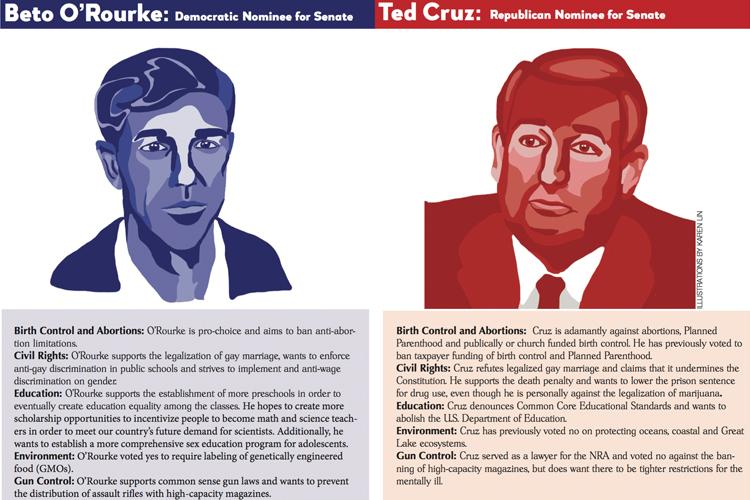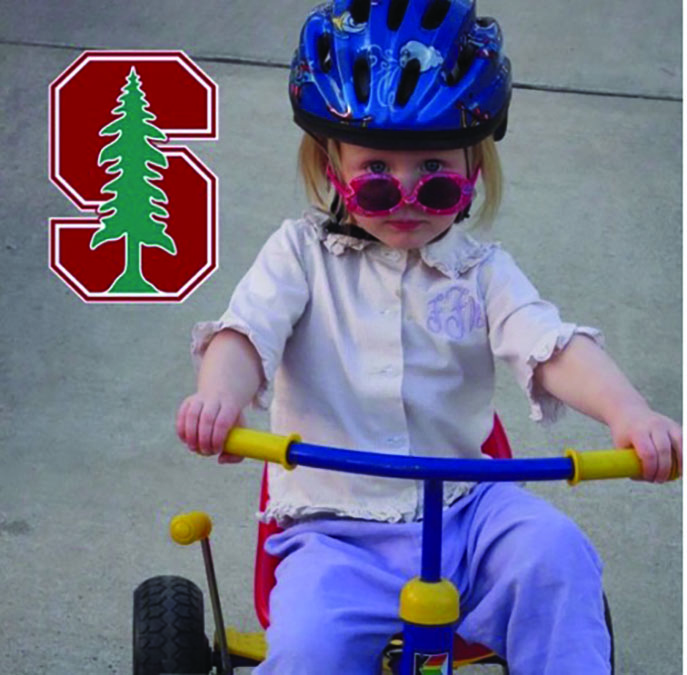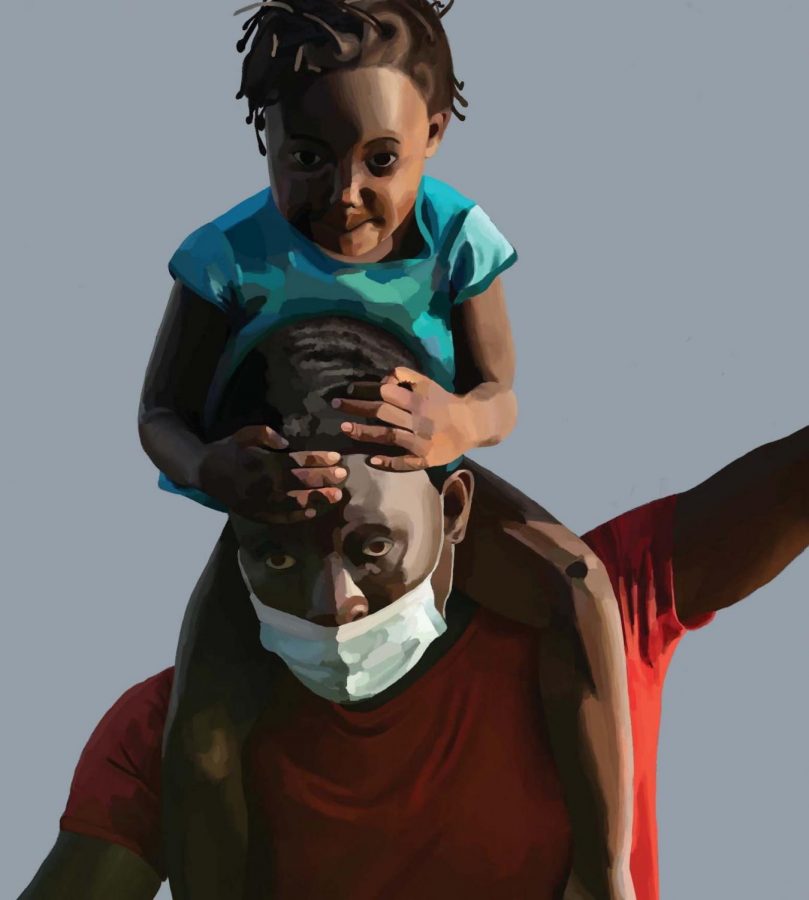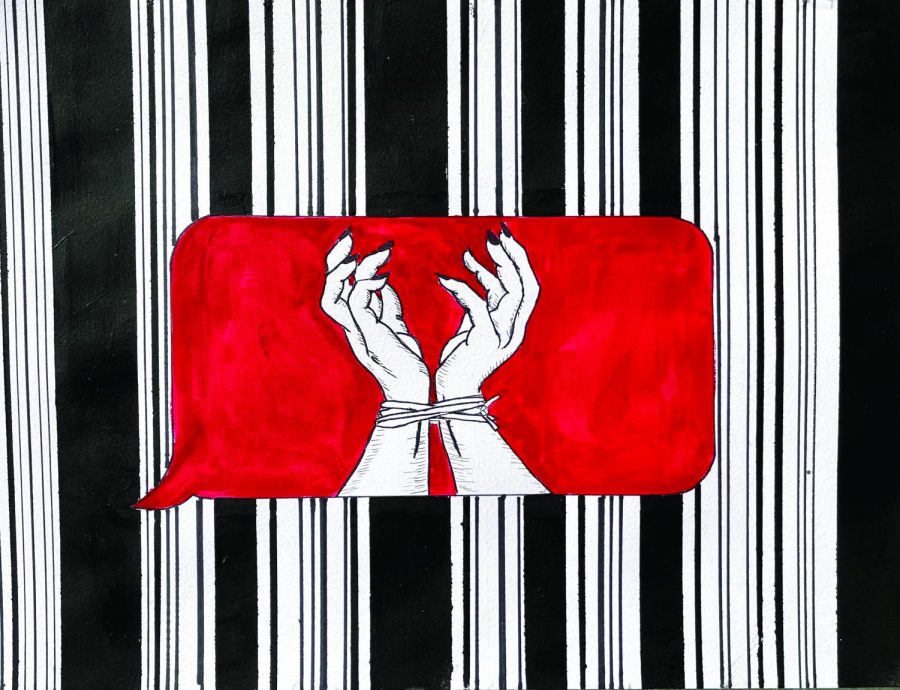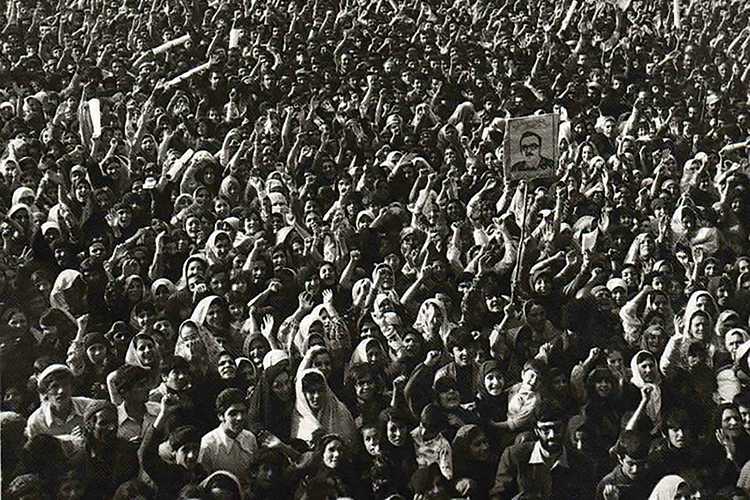//PICTURED ABOVE: Voting is a privilege, and it is important to be an informed voter. The Fourcast knows that the media can be intimidating or that the business of everyday life can get in the way of reading about candidates, so we’ve done all the research for you. Here is a breakdown of the race for the Senate between Democrat Beto O’Rourke and Republican Ted Cruz.
As Tuesday, Nov. 6. rapidly approaches, one might increasingly see more and more political social media posts, yard signs, T-shirts and bumper stickers advertising political candidates.
In previous midterm years, there has not been this much noticeable political uproar; why is 2018 so different?
Upper School Government teacher Kirsten Blevins commented on this recent increase in political activism.
“Generally, the midterms are not usually as exciting as the presidential election because usually there’s not this national coverage of the election,” Blevins said. “[Since the 2016 Presidential election], more people are paying attention to politics, and it also seems that it’s permeated everyday conversations.”
The typical political conversation in Texas might be about the tight senate race between Ted Cruz and Beto O’Rourke. Texas has not had a Democratic senator since Bob Krueger in 1999, and no race has since come close to turning Texas blue.
Surprising to many, the Democratic candidate for Senate in Texas, O’Rourke, has gained monumental popularity, and his race against Cruz is considered a toss-up, according to the Texas Tribune, The New York Times and New York Magazine.
A large portion of O’Rourke’s platform depends upon social media. For example, his Instagram campaign has over 265,000,000 followers. He seems to be reaching a younger demographic and has gained the active support of a large following at Hockaday, including one of the Co-Presidents of the Young Democrats Club at Hockaday, senior Tosca Langbert.
“No one expects a Democrat to be so popular in Texas. Because midterms are so close and so important, there’s a big question mark about who’s gonna take over the Senate,” Langbert said. “The fact that Texas might
be the deciding factor is so surprising and exciting.”
The rising support for O’Rourke seems to permeate to the polls, according to a phone call survey. Fifteen percent of voters who usually vote for Republican candidates said that they would likely vote for O’Rourke.
not guarantee him the election: Texas is and has been a deep red state for the past twenty years, and Cruz still has a strong following from his previous voters.
Senior Charlsie Doan, the President of Hockaday’s Young Republicans Club, also shares the same sentiment.
“I honestly have no idea what’s going to happen. There’s so much rage and anger on both sides, especially with the Kavanaugh in- statement,” Doan said. “Now it is so important to consider whether or not you’re voting for the person themself or their policies and what they stand for.”
Doan hopes that voters are informed and that Texas will have a higher voter turnout.
In past elections, only 55 percent of eligible voters in Texas actually hit the polls, giving Texas the ranking of forty-seventh in the nation for voter turnout, according to the Dallas Observer.
If all eligible voters casted their vote this November, Texas would be accurately represented in Congress and, either way, will most likely decide whether the majority of Congress is Republican or Democratic.
For all voters, both seasoned and new, it is important to be informed and educated before voting, because every vote matters. Politically-informative websites, like ontheis- sues.org and ballotpedia.org, offer views on various candidates, according to Blevins and Langbert.
“It became easy to protest and bring politics into everyday conversations, so voting should be too,” Langbert said.
Story by Eliana Goodman, Magazine Editor
Art by Karen Lin


